Forever Summer: A Guide to Canning and Pickling
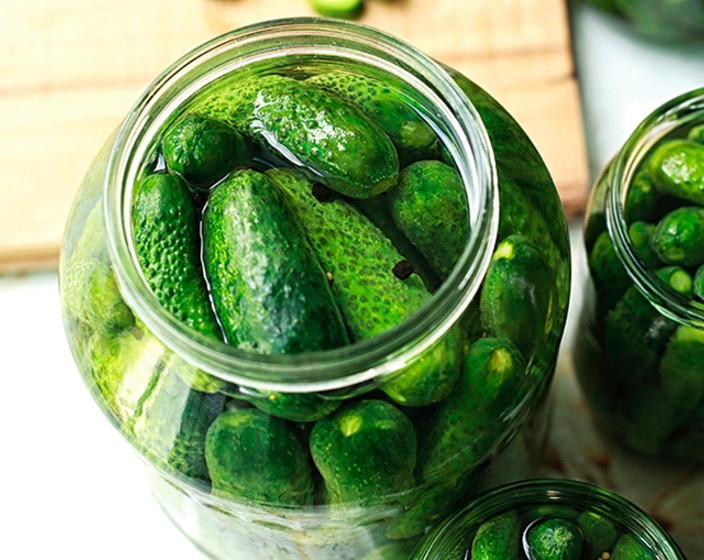
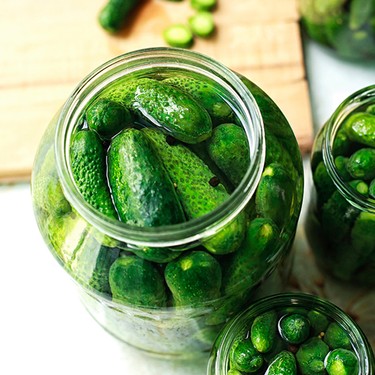


Have you ever wished that you could bottle up the taste of summer and make it last forever? Preparing for the winter season means more than taking your winter coat out of storage and dusting off those fleece-lined boots. It also means capturing all those summer flavors ahead of time so you can get some reprieve through those long, cold months!
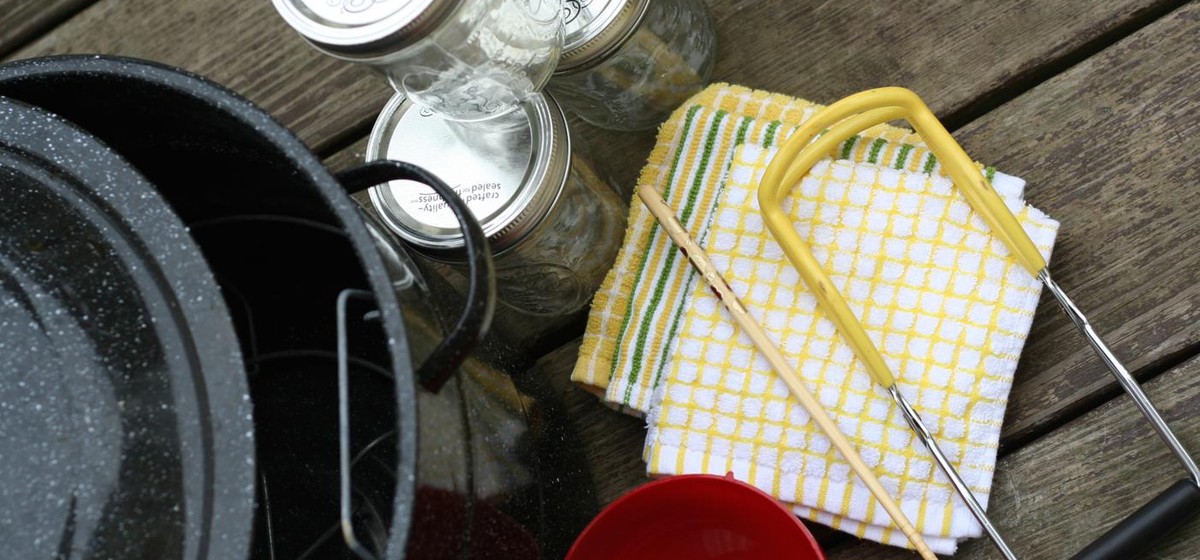
Canning is a method of preserving food by processing and sealing your favorite foods in an airtight container or jar. The sealed glass jar must be sterilized to keep the bacteria that will cause spoilage at bay. Food cooked and sealed in this manner can be stored, unrefrigerated, for up to five years!
The two techniques to can foods at home are boiling the preserved food in a water bath, or boiling it under pressure.
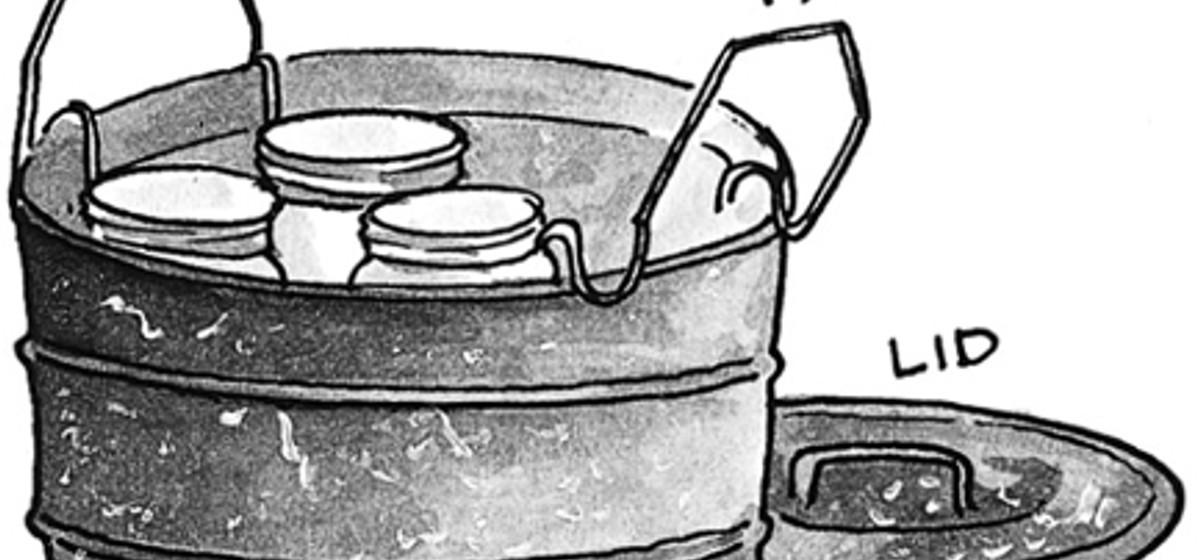
The water bath method is best for making high-acid foods like fruit juices, jams, jellies, and other fruit spreads, salsas, tomatoes, pickles, relish, chutney, vinegars, and other condiments.
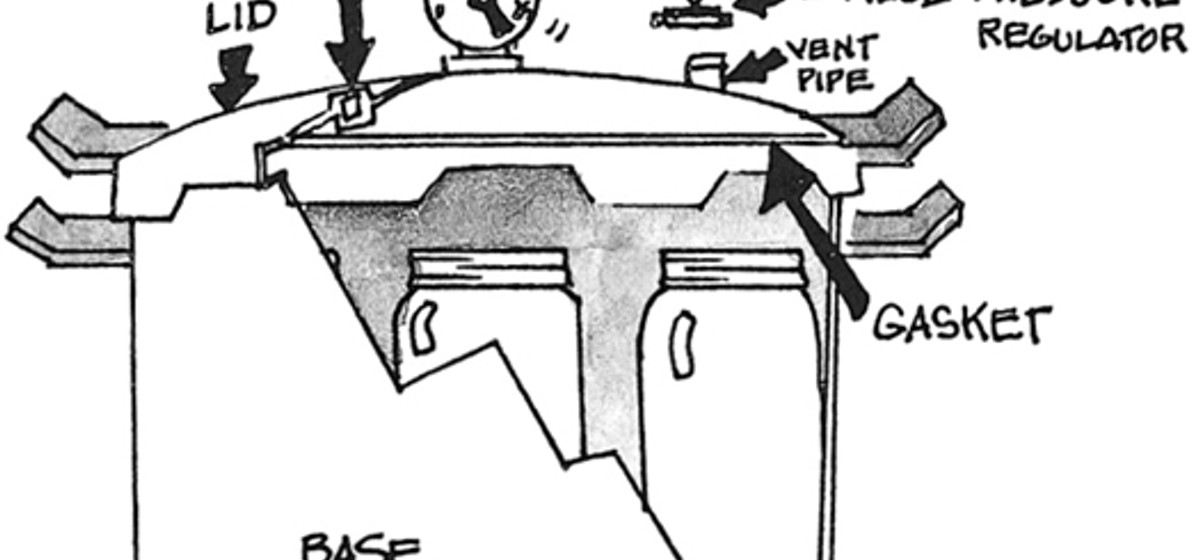
When preserving vegetables, meats, poultry, and seafood, you want to keep what you’re canning safe to eat and fresh tasting. The pressure canning method will heat the contents to 240 degrees F, eliminating the risk of foodborne bacteria.
The best foods for preserving this fall? Apples, beets, cranberries, and even celery!
The pickling process occurs when you cold-pack vegetables before covering them in boiling hot brine. With a little vinegar, salt, sugar, and select spices, you can transform boring veggies into a great crunchy snack or an ingredient to add an extra kick to your favorite recipes. This is also one of the best ways to save your pennies and preserve summer flavors for the bland winter months. You can pickle green beans, carrots, cauliflower, and more.
Typically, vegetables with a tough skin like cucumbers and peppers do best in the pickling process, but root vegetables like carrots and radishes also work well. The tougher, the better.
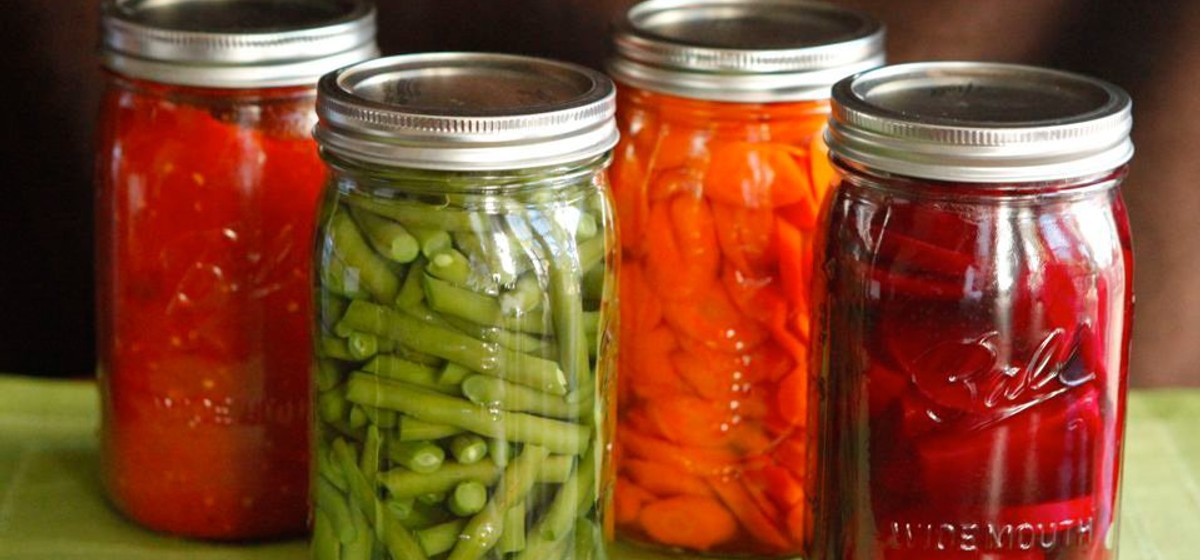
Use a ratio of 2:1:1 of vinegar, sugar, and water and heat it in a saucepan until the sugar dissolves. Feel free to add spices to the pickling mix. Traditional go-to spices are whole peppercorns (any color works), whole allspice berries, bay leaves, whole mustard seeds, whole fennel seeds, ginger, and crushed pepper. Feel free to explore different combinations and other spices, and always use the whole form of the spice, never the powder.
Remember: Don't take shortcuts. The sterilization process, the amount of vinegar to use, and the timing on boiling water should be done as described.
Don’t be afraid to get creative when pickling and canning. Winter is the best time to find yourself in a pickle or even in a jam. Try out these recipes to ease yourself into the world of canning!
This Cherry Berry Chia Seed Jam is a simple way to enjoy homemade fruit jam without the gelatin. You just need fruit and chia seeds!
This recipe is so simple and easy, you may never buy another jam again.
This freshly made jam with no pectin added requires less work in the kitchen and is quite easy to prepare. Perfect on toast or crackers, and of course in bakes!
Did you know you can make no pectin jam without fancy equipment? This Strawberry Jam does it with only three ingredients!